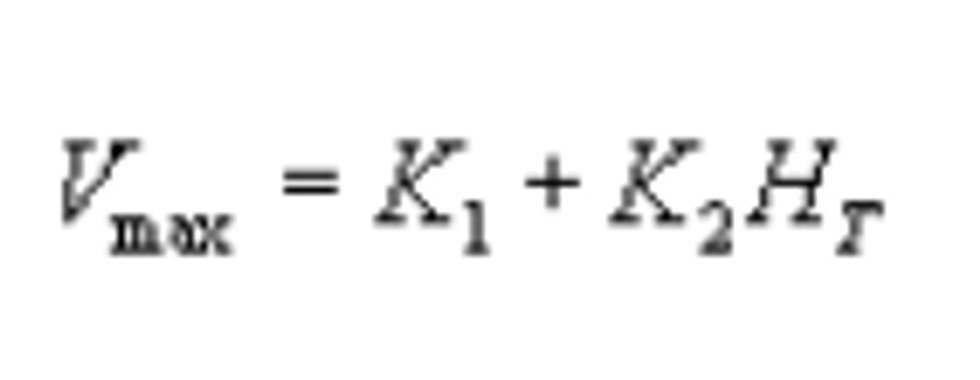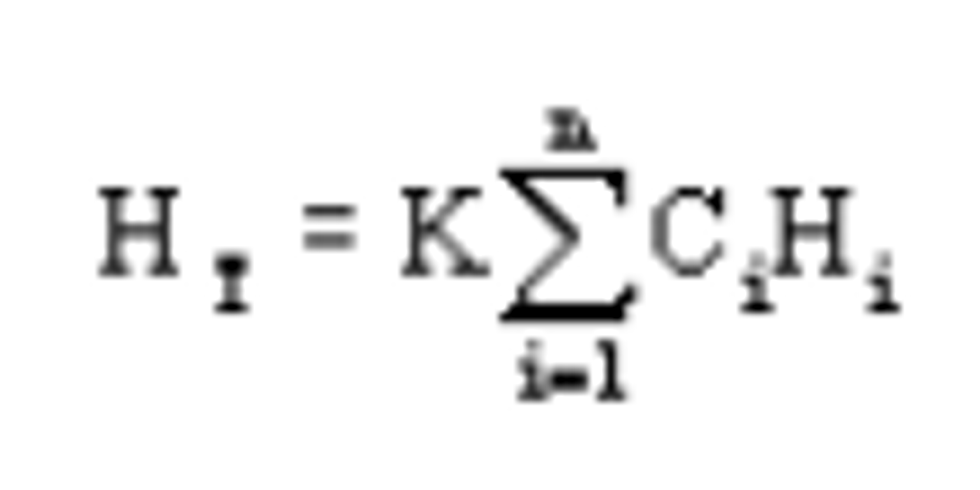['Air Programs']
['Air Quality']
11/26/2024
...
(a) In conducting the performance tests required in §60.8, the owner or operator shall use as reference methods and procedures the test methods in appendix A of this part or other methods and procedures as specified in this section, except as provided in §60.8(b).
(b) The owner or operator shall determine compliance with the standards in §§60.482-1 through 60.482-10, 60.483, and 60.484 as follows:
(1) Method 21 shall be used to determine the presence of leaking sources. The instrument shall be calibrated before use each day of its use by the procedures specified in Method 21. The following calibration gases shall be used:
(i) Zero air (less than 10 ppm of hydrocarbon in air); and
(ii) A mixture of methane or n-hexane and air at a concentration of about, but less than, 10,000 ppm methane or n-hexane.
(c) The owner or operator shall determine compliance with the no detectable emission standards in §§60.482-2(e), 60.482-3(i), 60.482-4, 60.482-7(f), and 60.482-10(e) as follows:
(1) The requirements of paragraph (b) shall apply.
(2) Method 21 shall be used to determine the background level. All potential leak interfaces shall be traversed as close to the interface as possible. The arithmetic difference between the maximum concentration indicated by the instrument and the background level is compared with 500 ppm for determining compliance.
(d) The owner or operator shall test each piece of equipment unless he demonstrates that a process unit is not in VOC service, i.e., that the VOC content would never be reasonably expected to exceed 10 percent by weight. For purposes of this demonstration, the following methods and procedures shall be used:
(1) Procedures that conform to the general methods in ASTM E260-73, 91, or 96, E168-67, 77, or 92, E169-63, 77, or 93 (incorporated by reference - see §60.17) shall be used to determine the percent VOC content in the process fluid that is contained in or contacts a piece of equipment.
(2) Organic compounds that are considered by the Administrator to have negligible photochemical reactivity may be excluded from the total quantity of organic compounds in determining the VOC content of the process fluid.
(3) Engineering judgment may be used to estimate the VOC content, if a piece of equipment had not been shown previously to be in service. If the Administrator disagrees with the judgment, paragraphs (d) (1) and (2) of this section shall be used to resolve the disagreement.
(e) The owner or operator shall demonstrate that a piece of equipment is in light liquid service by showing that all the following conditions apply:
(1) The vapor pressure of one or more of the organic components is greater than 0.3 kPa at 20°C (1.2 in. H2O at 68°F). Standard reference texts or ASTM D2879-83, 96, or 97 (incorporated by reference - see §60.17) shall be used to determine the vapor pressures.
(2) The total concentration of the pure organic components having a vapor pressure greater than 0.3 kPa at 20°C (1.2 in. H2O at 68°F) is equal to or greater than 20 percent by weight.
(3) The fluid is a liquid at operating conditions.
(f) Samples used in conjunction with paragraphs (d), (e), and (g) of this section shall be representative of the process fluid that is contained in or contacts the equipment or the gas being combusted in the flare.
(g) The owner or operator shall determine compliance with the standards of flares as follows:
(1) Method 22 shall be used to determine visible emissions.
(2) A thermocouple or any other equivalent device shall be used to monitor the presence of a pilot flame in the flare.
(3) The maximum permitted velocity for air assisted flares shall be computed using the following equation:

Where:
Vmax = Maximum permitted velocity, m/sec (ft/sec)
HT = Net heating value of the gas being combusted, MJ/scm (Btu/scf).
K1 = 8.706 m/sec (metric units)
= 28.56 ft/sec (English units)
K2 = 0.7084 m 4/(MJ-sec) (metric units)
= 0.087 ft 4/(Btu-sec) (English units)
(4) The net heating value (HT) of the gas being combusted in a flare shall be computed using the following equation:

Where:
K = Conversion constant, 1.740 × 10−7 (g-mole)(MJ)/(ppm-scm-kcal) (metric units) = 4.674 × 10−6 [(g-mole)(Btu)/(ppm-scf-kcal)] (English units)
Ci = Concentration of sample component “i,” ppm
Hi = Net heat of combustion of sample component “i” at 25°C and 760 mm Hg (77°F and 14.7 psi), kcal/g-mole
(5) Method 18 of appendix A-6 to this part and ASTM D2504-67, 77 or 88 (Reapproved 1993) (incorporated by reference, see §60.17) shall be used to determine the concentration of sample component “i.” ASTM D6420-18 (incorporated by reference, see §60.17) may be used in lieu of Method 18, under the conditions specified in paragraphs (g)(5)(i) through (iii) of this section.
(i) If the target compounds are all known and are all listed in Section 1.1 of ASTM D6420-18 as measurable.
(ii) ASTM D6420-18 may not be used for methane and ethane.
(iii) ASTM D6420-18 may not be used as a total VOC method.
(6) ASTM D2382-76 or 88 or D4809-95 (incorporated by reference - see §60.17) shall be used to determine the net heat of combustion of component “i” if published values are not available or cannot be calculated.
(7) Method 2, 2A, 2C, or 2D, as appropriate, shall be used to determine the actual exit velocity of a flare. If needed, the unobstructed (free) cross-sectional area of the flare tip shall be used.
(h) The owner or operator shall determine compliance with §60.483-1 or §60.483-2 as follows:
(1) The percent of valves leaking shall be determined using the following equation:
%VL = (VL/VT) * 100
Where:
%VL = Percent leaking valves
VL = Number of valves found leaking
VT = The sum of the total number of valves monitored
(2) The total number of valves monitored shall include difficult-to-monitor and unsafe-to-monitor valves only during the monitoring period in which those valves are monitored.
(3) The number of valves leaking shall include valves for which repair has been delayed.
(4) Any new valve that is not monitored within 30 days of being placed in service shall be included in the number of valves leaking and the total number of valves monitored for the monitoring period in which the valve is placed in service.
(5) If the process unit has been subdivided in accordance with §60.482-7(c)(1)(ii), the sum of valves found leaking during a monitoring period includes all subgroups.
(6) The total number of valves monitored does not include a valve monitored to verify repair.
[54 FR 6678, Feb. 14, 1989, as amended at 54 FR 27016, June 27, 1989; 65 FR 61763, Oct. 17, 2000; 72 FR 64882, Nov. 16, 2007; 89 FR 43067, May 16, 2024]
['Air Programs']
['Air Quality']
UPGRADE TO CONTINUE READING
Load More
J. J. Keller is the trusted source for DOT / Transportation, OSHA / Workplace Safety, Human Resources, Construction Safety and Hazmat / Hazardous Materials regulation compliance products and services. J. J. Keller helps you increase safety awareness, reduce risk, follow best practices, improve safety training, and stay current with changing regulations.
Copyright 2025 J. J. Keller & Associate, Inc. For re-use options please contact copyright@jjkeller.com or call 800-558-5011.
